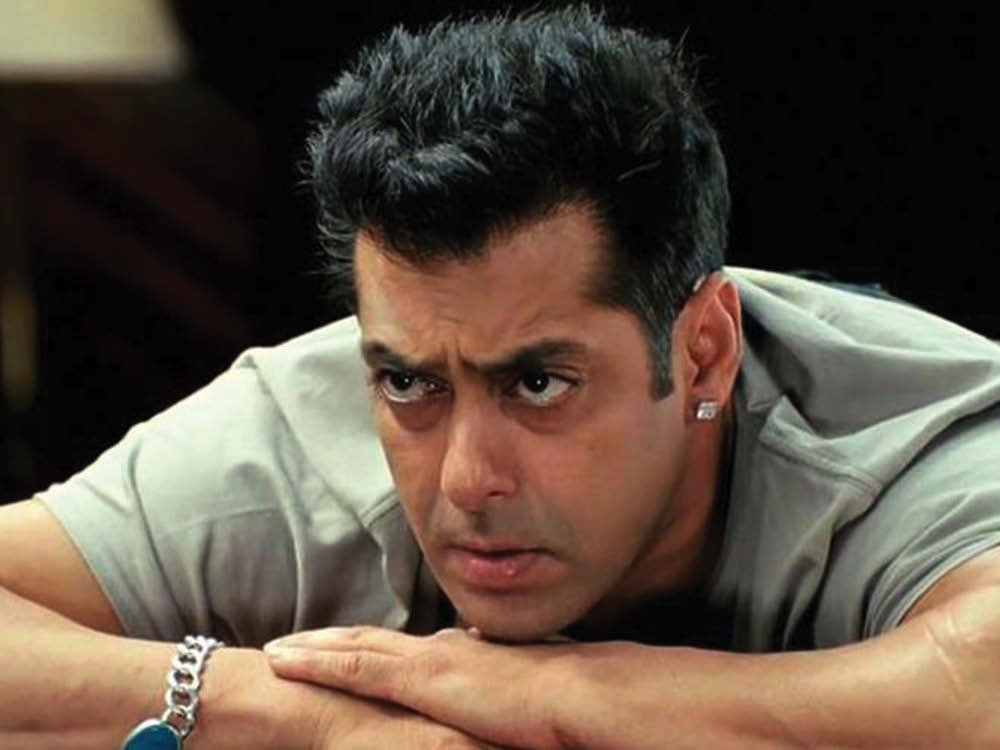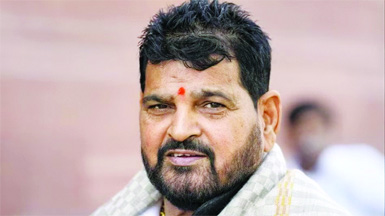
BENGALURU (TIP): The Indian Space Research Organisation (ISRO), which was hoping to awaken the Chandrayaan-3’s Vikram lander and Pragyan rover on September 2, says it has not received any signals from either of the two, despite continuing efforts to establish communications.
“Efforts have been made to establish communication with the Vikram lander and Pragyan rover to ascertain their wake-up condition. As of now, no signals have been received from them. Efforts to establish contact will continue,” ISRO posted on X (formerly Twitter) on Friday. On September 2, the rover was put into sleep mode; two days later, on September 4, the lander was also put to sleep, following the end of one lunar day. “Vikram will fall asleep next to Pragyan once the solar power is depleted and the battery is drained. Hoping for their awakening, around September 22, 2023,” ISRO had said on September 4.
Before putting them into sleep mode, the lander’s payloads were switched off. However, both the Vikram’s and Pragyan’s receivers were kept on by ISRO, with the hope of re-establishing communication with the two.
Nilesh M. Desai, director of the Space Applications Centre, said that efforts were on to establish contact with the lander and the rover, adding that it could happen anytime.
Once the sun sets on the moon after the completion of one lunar day, the temperature on the lunar surface could plunge below -200°C. “The temperature there goes down to minus 200 degrees. In such an environment, there is no guarantee that the battery, electronics will survive, but we did some tests and we get the feeling that they will survive even in such harsh conditions,” ISRO chairman S. Somanath had said earlier.
Since the Chandrayaan-3 mission successfully landed on the moon on August 23, the Vikram and the Pragyan have carried out many in-situ measurements, including to confirm the presence of sulphur in lunar surface in that region, and to detect the presence of minor elements.
The Vikram lander also achieved a significant milestone as it successfully undertook a hop experiment. On command, the lander fired the engines, elevated itself by about 40 cm and landed safely at a distance of 30 cm to 40 cm away. This successful hop experiment and kickstart could have significant bearing on future missions which will be launched with an objective to bring back samples from the moon, as well as future human missions to the moon. If ISRO manages to receive signals and wake the Vikram and the Pragyan, it would be a bonus for the space agency as it hopes to carry out some more experiments on the moon. The Chandrayaan-3 spacecraft was launched on July 14 and touched down on the lunar surface on August 23, making India the fourth country to successfully land on the moon and the first nation to touch down on the polar region of the moon.
(Source: The Hindu)





Be the first to comment